Key Takeaways
- Ethereum is a primary platform for dApps and a pioneer in the DeFi space, while Polygon is a Layer-2 scaling solution created to address Ethereum’s scalability issues;
- As a Layer-2 scaling solution, Polygon processes transactions off-chain before finalizing them on Ethereum, reducing congestion and lowering costs;
- Polygon can be seen as a complementary solution to Ethereum rather than a direct competitor.
Ace quick missions & earn crypto rewards while gaining real-world Web3 skills. Participate Now! 🔥
In the thrilling world of cryptocurrencies, Polygon VS Ethereum discussion is sure to excite curiosity. Both platforms constantly push blockchain innovation, each with distinct functionalities.
As many know, Ethereum is a pioneer in smart contract technology, revolutionizing DeFi. However, its popularity has brought challenges such as scalability and high transaction fees. That's where solutions like Polygon come in.
As a Layer-2 scaling solution on Ethereum, Polygon aims to tackle these challenges and create new opportunities for blockchain use. But how does it fit into the Ethereum ecosystem? Is Polygon built on Ethereum?
Let's dig into these questions and break down the key differences between Ethereum and Polygon as we delve deeper. With a better understanding, you might want to consider checking out their tokens on reputable cryptocurrency exchanges such as Binance, Bybit, or Kraken.

Did you know?
Subscribe - We publish new crypto explainer videos every week!
What is Odysee & LBRY? Is Decentralized YouTube Possible? (ANIMATED)


Table of Contents
- 1. What is Ethereum?
- 1.1. History and Development of Ethereum
- 1.2. Ethereum’s Core Features
- 2. What is Polygon?
- 2.1. History and Development of Polygon
- 2.2. Polygon’s Core Features
- 2.3. More Than Just a Scaling Solution
- 3. Polygon VS Ethereum: Is Polygon Built on Ethereum?
- 3.1. The Pre-Ethereum 2.0
- 3.2. How Does Polygon Work?
- 4. The Differences Between Polygon and Ethereum
- 4.1. Scalability
- 4.2. Native Token
- 4.3. Use Cases
- 4.4. Transaction Speed
- 4.5. Adoption and Ecosystem
- 5. Ethereum VS Polygon: Pros and Cons
- 5.1. Pros and Cons of Ethereum
- 5.2. Pros and Cons of Polygon
- 6. Polygon VS Ethereum: The Future
- 7. Conclusion
What is Ethereum?
Before we jump into comparing Polygon VS Ethereum, it's essential to grasp the fundamentals of Ethereum. This pioneering public blockchain has become a cornerstone for developing decentralized applications (dApps) and powering the decentralized finance (DeFi) revolution.
Latest Changelly Coupon Found:Let's take a closer look at Ethereum's history and key features to build a strong understanding of its importance in the world of cryptocurrency.
History and Development of Ethereum
In late 2013, a group of programmers and crypto enthusiasts had a groundbreaking idea: to develop a blockchain with capabilities beyond managing digital currency. Vitalik Buterin, one of the key figures in this project, published a white paper detailing the concept of Ethereum.
By early 2014, Ethereum began to attract attention. During the same year, the project conducted an Initial Coin Offering (ICO) for its native currency, Ether (ETH), raising millions of dollars to finance its development.
The first version of Ethereum, Frontier, was launched in July 2015. It was a big step, as it kicked off the Ethereum blockchain, letting it host smart contracts and use the Proof-of-Work (PoW) protocol. Frontier also opened the door for developers to start creating dApps, paving the way for the platform's growth and new ideas.

Ethereum's journey was marked by significant development, such as the release of the Homestead version in March 2016, which enhanced its stability, security, and performance. The decentralized autonomous organization (DAO) project was also launched in the same year.
A successful token sale raised $150 million in ETH during this project. Unfortunately, a security vulnerability led to a hack that siphoned funds from the DAO. In order to recover the stolen funds, a controversial hard fork of the Ethereum blockchain was implemented.
This resulted in a blockchain split, creating two different networks with their native tokens. The forked chain, aimed at recovering funds lost in the DAO hack, retained the Ethereum (ETH) name and its associated token. Conversely, Ethereum Classic (ETC) emerged as the original version of the Ethereum blockchain.

After the controversy, Ethereum bounced back and kept developing, rolling out upgrades like Byzantium and Constantinople. These updates weren't just about adding new features; they also beefed up security, making Ethereum even stronger in the blockchain world.
Ethereum has been working to improve the experience of its users, and the Ethereum 2.0 upgrade is an example of that. This upgrade is being rolled out in phases and focuses on making the network faster, more scalable, and more energy efficient.
One of the major changes is the switch from the energy-hungry PoW system to the more sustainable Proof-of-Stake (PoS) mechanism. This shift mainly aims to reduce carbon emissions, speed up transactions, and improve network security.
Ethereum’s Core Features
Ethereum sets up a decentralized platform for running smart contracts. These contracts are like automated programs that help manage agreements between people using blockchain technology.
In this process, both sides agree to predefined terms, and when those conditions are met, the contract automatically executes the specified actions. This automation removes the need to trust third parties, boosting transparency[1].
Another key feature of the blockchain is the Ethereum Virtual Machine (EVM). This computation engine makes sure that the smart contracts run smoothly and securely across all nodes.
These nodes use "gas" to determine the computational effort required for various operations. This system efficiently allocates resources and improves network security, resulting in a robust ecosystem.
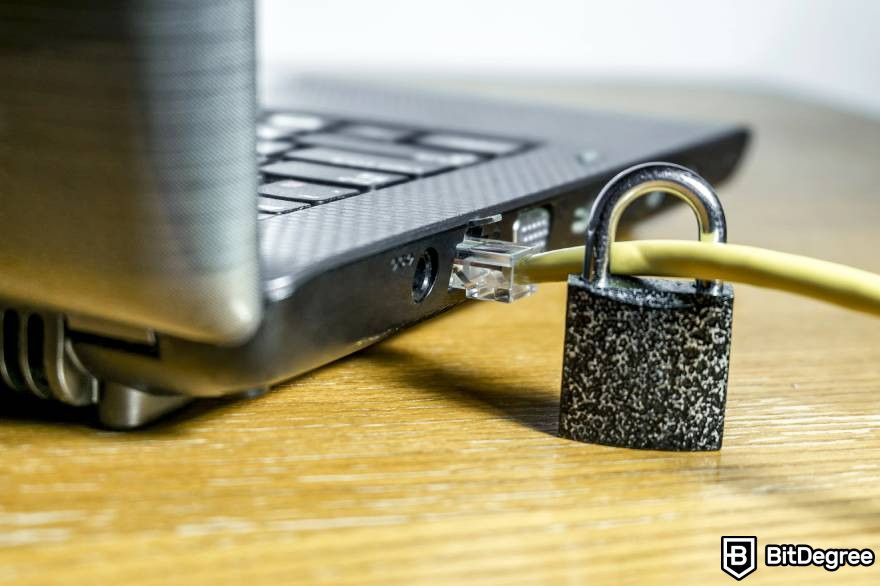
Ethereum is also known for its role in DeFi, which leverages blockchain to transform traditional finance. This means you can lend, borrow, and trade without having to deal with traditional banks.
All of this has led to an explosion of dApps being built on Ethereum. These dApps offer a wide range of financial services, making it easier for everyone to access financial tools and making the whole financial system more transparent and inclusive.
Take Uniswap v3, for example, which is a decentralized exchange (DEX) protocol on Ethereum that lets you trade crypto right from your wallet. Leveraging automated market makers (AMMs), this app is designed to enhance trading efficiency and improve liquidity, making it an integral part of the DeFi ecosystem.
Ethereum has been a game-changer in the crypto space. It's paved the way for the future of DEX and DeFi, revolutionizing how we interact with digital assets. But as it's grown in popularity, it's faced challenges like network congestion and high fees. This is where Polygon comes in, prompting the whole Polygon-Ethereum discussion.
What is Polygon?
Originally, Polygon was developed as a way to improve the Ethereum blockchain by making transactions faster, increasing capacity, and reducing gas fees. Over time, it has evolved into a highly versatile ecosystem, capturing a lot of interest and even prompting debates on "Polygon VS Ethereum."
To understand Polygon better, let's take a closer look at its history and development.
History and Development of Polygon
In 2017, Jaynti Kanani, Sandeep Nailwal, Anurag Arjun, and Mihailo Bjelic teamed up with a simple yet ambitious goal: to build a platform that could easily handle Ethereum-based dApps. Initially called Matic Network, their project gained attention as an innovative Layer-2 solution designed to tackle Ethereum's scalability issues.
In February 2021, Matic Network was rebranded to Polygon, reflecting a broader vision to create a multi-chain interoperability protocol and foster a more inclusive blockchain ecosystem.
A major milestone came in March 2023 with the introduction of the Polygon zero-knowledge Ethereum Virtual Machine (zkEVM). This technology ensures compatibility with zero-knowledge-proof computations and the existing Ethereum infrastructure, making it easy for developers to build on Polygon, just like they do on Ethereum. This opens up exciting new opportunities for application development.
Polygon’s Core Features
Polygon offers a range of features that differentiate it from Ethereum and other blockchain platforms. One key feature is its scalability solutions, which allow for faster and cheaper transactions compared to the Ethereum mainnet.
Polygon achieves this through the combination of sidechains, zkEVM, Plasma, and PoS. These technologies help boost scalability and cut transaction costs by bundling multiple transactions together.
In fact, the Layer-2 scaling solution reduces operating costs by 76%. As a result, it leads to decentralization with lower market concentration and more participation, improving data accuracy[2].
Polygon works smoothly with Ethereum, allowing easy asset transfers and smart contract interactions between the two networks. This compatibility with existing Ethereum-based applications boosts the overall ecosystem's liquidity and utility.

Did you know?
Subscribe - We publish new crypto explainer videos every week!
Sidechains in Crypto Explained EASILY (Animated)


More Than Just a Scaling Solution
Polygon has come a long way from being just a scaling solution to becoming a growing ecosystem that offers a wide range of benefits for both users and developers.
Thanks to its user-friendly Polygon Software Development Kit (SDK), developers can create their own customizable blockchains and DeFi apps. The kit enables them to do many things, like use Ethereum-based DApps, create non-fungible tokens (NFTs), and much more.
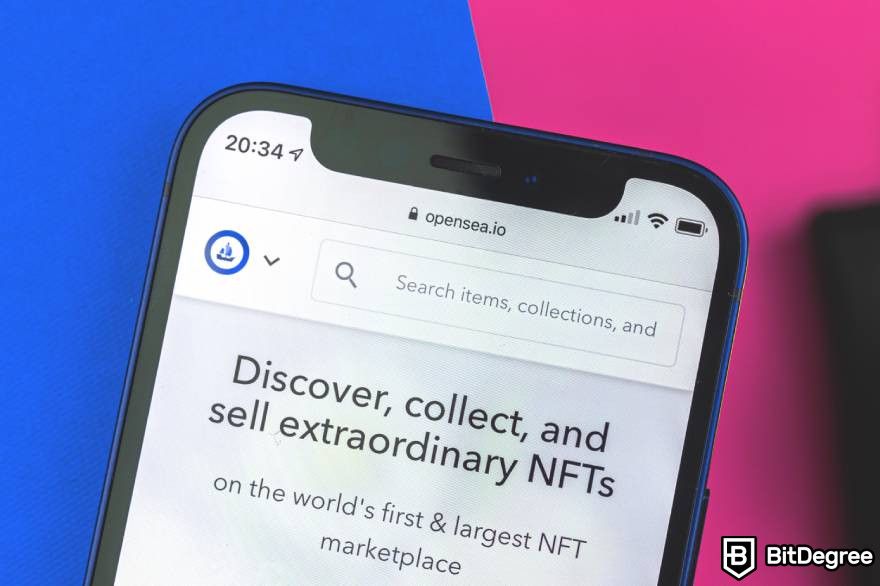
Many successful projects have been built on Polygon. Some of them are yield-generating protocols like Aave and Curve Finance and decentralized exchanges like SushiSwap.
On top of that, Polygon 2.0, unveiled in June 2023, aims to integrate all Polygon protocols and blockchains. This upgrade aims to integrate the existing infrastructure with ZK technology, creating a seamless network where Ethereum can expand to an internet scale.
This upgrade is set to make Polygon even more exciting as a DeFi project!
Polygon VS Ethereum: Is Polygon Built on Ethereum?
Before we go any further, let’s tackle the popular question: “Is Polygon built on Ethereum?”. The straight answer is yes. But what does this mean for the Polygon VS Ethereum debate?
The Pre-Ethereum 2.0
Before the Ethereum 2.0 update, Ethereum had been around for quite some time. However, it struggled with transaction processing compared to newer, faster, and more user-friendly blockchain networks.
The pre-Ethereum 2.0 network could only handle about 30 transactions per second, which was relatively low given its popularity and widespread use.
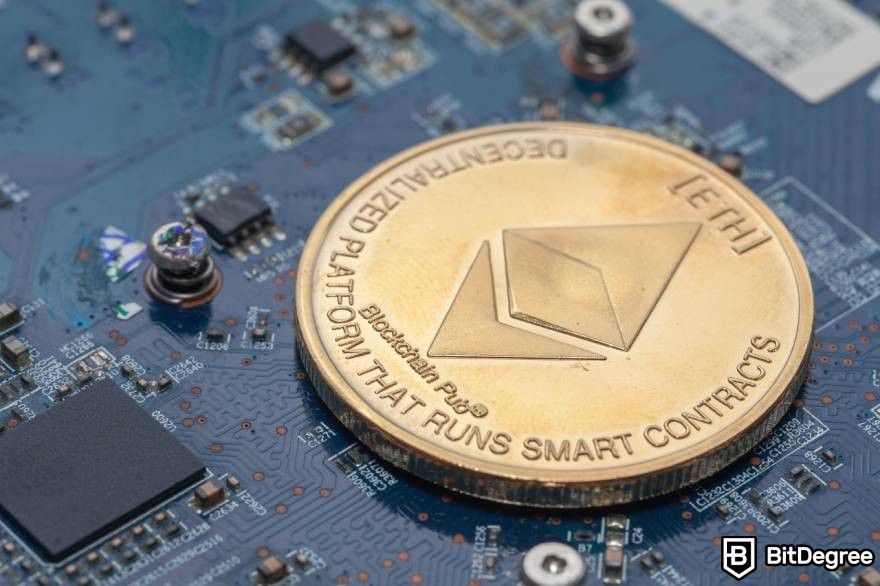
This limitation resulted in higher gas fees — the fees you pay for Ethereum transactions. Whether sending ETH to a friend or buying the latest token, you must pay more for your transaction to be processed quickly. These fees could escalate rapidly, causing major inconvenience for users.
For developers building dApps on Ethereum, the complexity and high fees made development challenging. Polygon addressed these issues, offering a solution to improve transaction speed and reduce costs.
How Does Polygon Work?
To answer the question, "Is Polygon built on Ethereum?" we need to understand how Polygon operates to enhance the Ethereum ecosystem.
Let's take a look back at Polygon's primary goal: to solve the issues faced by the Ethereum network, making it faster and more user-friendly for everyone.
Polygon works as a Layer-2 solution, operating on top of the Ethereum blockchain. While Ethereum is the foundational layer, Polygon enhances its capabilities by addressing some fundamental limitations.
When comparing Ethereum VS Polygon, it's clear that Polygon is meant to work alongside Ethereum, not take its place. Ethereum's mainnet is secure and decentralized. However, this also means that transactions can be slower and more expensive due to higher gas fees, especially when the network gets busy.

Polygon tackles this by processing transactions off the main Ethereum chain. It uses a network of sidechains to make transactions faster and more cost-effective.
These sidechains are linked to Ethereum, so everything works together smoothly. After transactions are done on Polygon, the results are sent back to Ethereum, making the network less burdened and more efficient.
Imagine Ethereum as a busy highway during rush hour, with cars (transactions) moving slowly due to heavy traffic. Now, think of Polygon as an express lane that allows cars to move faster and more efficiently. By diverting traffic from the congested highway, the overall flow improves, benefiting everyone on the road.
So, the notion of Ethereum VS Polygon isn't correct in this context, as they have a symbiotic relationship. Polygon's integration with Ethereum helps scale the network by handling numerous transactions, resulting in a smoother and more cost-effective user experience.
This integration is good news for developers building dApps, as it allows them to offer faster and lower-cost services to their users.
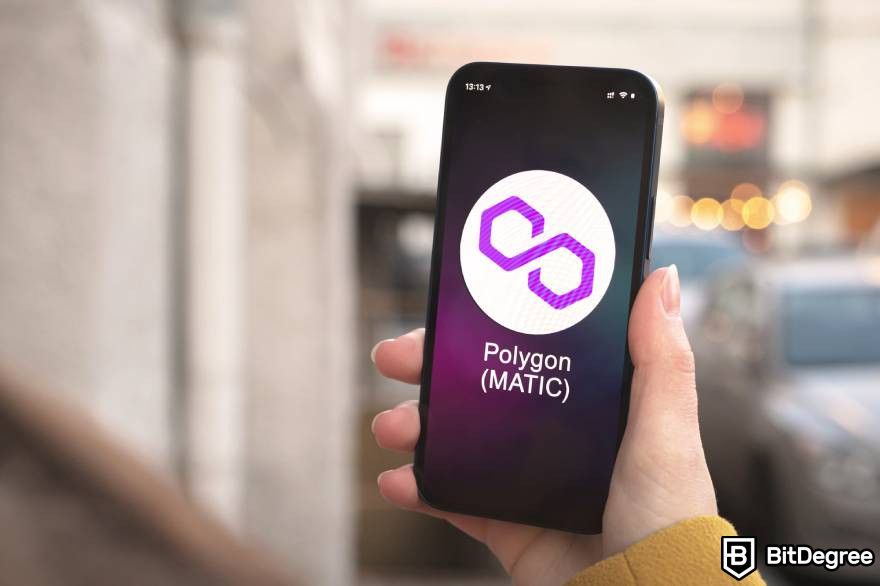
The close connection between the networks allows Polygon to use Ethereum’s security while creating a more efficient space for dApps. Integrating with Ethereum not only boosts its capabilities but also ensures smooth compatibility and interaction between the two networks.
Therefore, if you're asked, "Is Polygon built on Ethereum?" the answer would be yes. Polygon was created to resolve issues and seamlessly interact with the highly secure Ethereum network.
Now the question is answered, let's talk about the differences between Polygon and Ethereum.
The Differences Between Polygon and Ethereum
When talking about Polygon VS Ethereum, it's important to understand the unique features and differences of each network. Let's explore what distinguishes them from each other.
Scalability
Ethereum has been grappling with scalability issues for a while. As more people use the network, it becomes congested, resulting in slower transactions and higher fees. These issues were mainly caused by its old PoW-based system, which, while secure, could have been more efficient at handling a large volume of transactions.
The good news is that Ethereum 2.0 and its shift to PoS are helping, but there are still some scalability issues that need to be worked out to support all the applications developers wish to build.
That's where Polygon comes in. As a Layer-2 solution, Polygon conducts transactions off-chain before settling them on Ethereum. This method alleviates congestion and enables many more transactions at a reduced cost.
Native Token
When considering Polygon VS Ethereum, it's important to note how both tokens serve their ecosystems. Ethereum has its own currency called Ether, which serves multiple purposes within the network. You can use ETH to pay for transaction fees, engage with dApps, and participate in the staking process.
Polygon also has its own token, MATIC, which is an integral part of the network ecosystem. The token also helps with paying gas fees, supporting staking activities, and making governance decisions within the network. Do note, though, that with the Polygon 2.0 upgrade, a new token will roll out, replacing MATIC - POL. Find more information about that in this article.
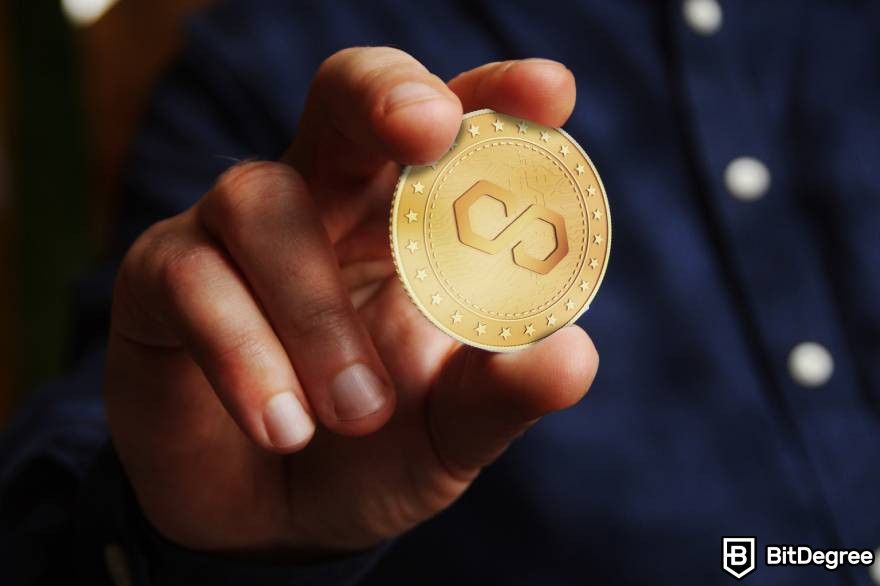
Both ETH and MATIC are readily available on major cryptocurrency exchanges like Binance and Bybit. These tokens are popular and valuable in the crypto world, each playing a significant role in their respective networks.
Use Cases
In the context of Polygon VS Ethereum, the latter’s use cases include creating and deploying smart contracts, running dApps, and facilitating DeFi projects.
Ethereum is the go-to platform for developers looking to build robust, secure, and versatile applications in a decentralized environment. Its widespread adoption and strong community support make it one of the leaders in the blockchain space.
Polygon supports similar use cases but with enhanced efficiency. It’s particularly well-suited for projects requiring high transaction throughput and low fees, making it ideal for gaming dApps, NFT marketplaces, and other applications where speed and cost are crucial.
The Polygon VS Ethereum comparison in use cases highlights Polygon’s ability to provide scalable solutions for high-demand applications.
Transaction Speed
Another difference between Polygon and Ethereum is the transaction speed.
Ethereum processing speed can be quite unpredictable due to network congestion. During busy periods, transactions may slow down and become more expensive as each one is processed individually.
The Ethereum 2.0 upgrade seeks to solve that. However, as of writing, its transaction throughput is still below the hoped-for capacity. Nonetheless, the developers are hopeful that it will eventually handle 100,000 transactions per second as anticipated.
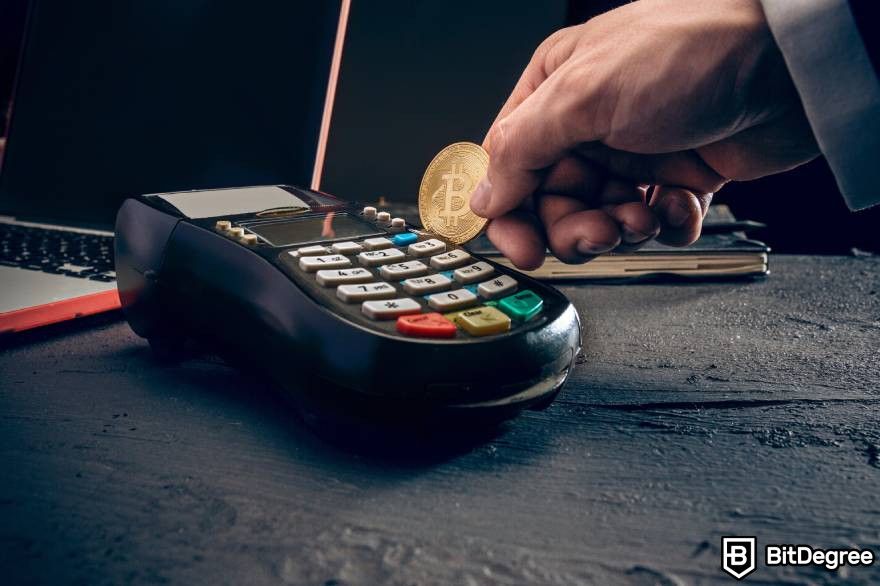
Here, Polygon steps in with faster transaction speeds by handling transactions off-chain. It can handle up to 65,000 transactions per second, which is a huge boost in speed.
Additionally, transaction fees on Polygon are also much lower, approximately $0.01, in contrast to Ethereum's average fee of about $15.
The seamless integration of Polygon Ethereum ensures users enjoy swift and hassle-free transactions, making it the go-to choice for developers aiming to deliver a smooth user experience.
Adoption and Ecosystem
The debate surrounding Polygon VS Ethereum centers around their complementary roles in the blockchain space.
Ethereum boasts one of the largest and most active ecosystems in the blockchain space. It has thousands of dApps, extensive developer resources, and a vibrant community. This widespread adoption and support make it a cornerstone of the decentralized web and a hub for innovation in blockchain technology.
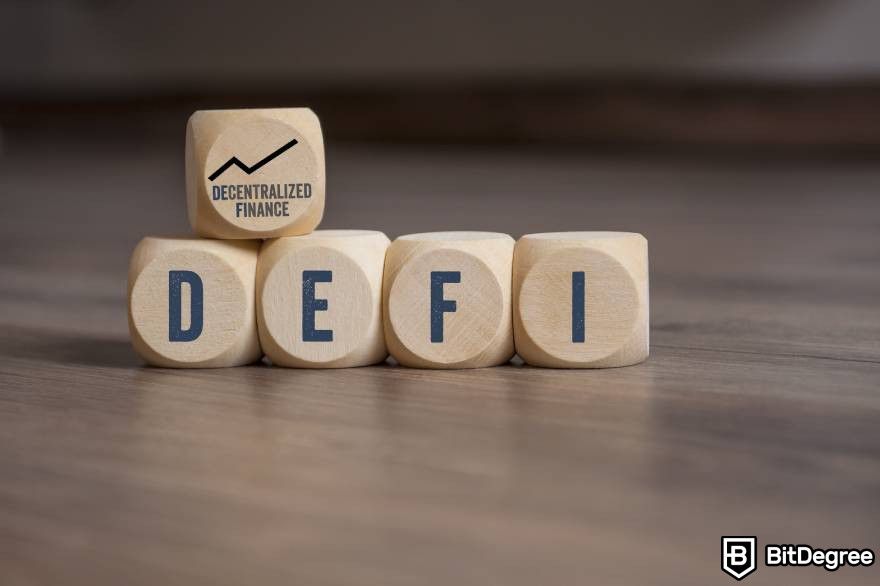
Polygon's ecosystem is expanding, though it's currently less vast than Ethereum's. However, it gains a lot from being able to work together with the Ethereum network, thanks to interoperability. The growing adoption of Polygon Ethereum solutions is a testament to its value in the blockchain ecosystem.
That’s it when it comes to the differences between Polygon and Ethereum. Now, let's talk about the benefits and limitations of each network.
Ethereum VS Polygon: Pros and Cons
Let’s go over the main benefits and limitations of Polygon VS Ethereum. Both platforms offer unique advantages and face distinct challenges, making them suitable for different use cases. So, here’s an overview of Polygon-Ethereum pros and cons:
Pros and Cons of Ethereum
The following are the pros of Ethereum:
- Established Ecosystem: Ethereum is widely regarded as a pioneer in the blockchain realm and is celebrated for its expansive ecosystem. It's home to a huge variety of dApps and thrives thanks to a vibrant group of developers.
- Smart Contract Capabilities: Ethereum smart contracts allow for automated and trustless transactions, unlocking a range of possibilities for DeFi and various other applications.
- Flexibility and Customization: With its custom programming language, developers can create flexible applications that form the basis for a wide range of innovative projects.
On the other hand, the cons of Ethereum include:
- Scalability Issues: As the network grows, it can become congested, leading to slower transaction times. Ethereum's gas fees can be quite high during congestion.
- Development Complexity: Even though the platform is highly customizable, getting used to its programming language may require some dedication and patience, which can be a bit challenging for newcomers

- Secure and reliable
- Accepts fiat currencies
- Lots of trading options
- Reputable exchange
- Accepts fiat currencies
- Offers various trading options

- Beginner-friendly
- Secure
- Decent trading and withdrawal fees
- Crypto.com Visa Card
- Automated tools & bots
- Ecosystem synergy with CRO

- Accepts fiat currencies
- Simple to use
- Supports only trusted cryptocurrencies
- A leading cryptocurrency exchange platform
- Best for all type investors
- Accepts fiat currencies
Pros and Cons of Polygon
The following are the pros of Polygon:
- Lower Transaction Fees: Polygon stands out for its ability to provide substantially lower transaction fees. By handling transactions off-chain, Polygon keeps costs minimal.
- Quick Transactions: Polygon's off-chain processing leads to almost instant transaction confirmations. This efficiency proves especially advantageous for gaming dApps and NFT marketplaces.
- Compatibility With Ethereum: Polygon works seamlessly with Ethereum, allowing developers to make use of existing Ethereum tools and infrastructure while also benefiting from Polygon's scalability solutions.
On the other hand, these are the cons of Polygon:
- Less Decentralized: While Polygon is often praised as a Layer-2 scaling solution for Ethereum, there are concerns about potential centralization risks associated with its network architecture.
- Dependency on Ethereum: Polygon relies on the Ethereum blockchain. While this arrangement offers numerous advantages, it also means that any notable changes within the Ethereum network (such as Ethereum 2.0) can affect Polygon.
When discussing Polygon VS Ethereum, it's evident that Ethereum stands out due to its widespread use and high level of decentralization. Ethereum has a strong community of developers and was a pioneer in its field, making it a popular choice for creating dApps and using smart contracts.
On the flip side, Polygon offers faster speeds, lower fees, and better scalability. It seamlessly integrates with Ethereum, allowing for quick and cost-effective transactions.
Polygon VS Ethereum: The Future
With the introduction of Ethereum 2.0, some are questioning the relevance of Polygon. Does Ethereum 2.0 mean the end of the Polygon VS Ethereum discussion, with Polygon no longer being necessary?
Well, I think that’s not the case. Polygon has evolved beyond being just a Layer-2 scaling solution. It has transitioned into a unique and self-sustaining ecosystem, accommodating various dApps, solution providers, enterprises, and enablers.
Also, the major upgrade to Polygon 2.0 brings exciting improvements. The upgrade will further enhance the network's security and efficiency, paving the way for a more robust and reliable blockchain.
A key part of this upgrade is the introduction of the aggregation layer or AggLayer. This technology will make it easier for Polygon 2.0 chains to connect and settle ZK-based security proofs on Ethereum.

In addition, this upgrade also signifies the shift from the original MATIC to the new POL token. This new native token will serve as the primary means of securing the network through staking, aiding transactions as the gas token, and playing a pivotal role in the AggLayer.
With this upgrade, Polygon is getting closer to making its dream of a unified system that works like a single blockchain a reality. This integration will facilitate rapid and secure transactions, unify liquidity across the ecosystem, and improve capital efficiency.
With Ethereum 2.0 bringing in some major changes and Polygon 2.0 making waves with its new developments, I think the Polygon VS Ethereum debate is going to keep the community buzzing for years to come!
Conclusion
So, who is the winner in the Polygon VS Ethereum battle? Well, after exploring their relationship, features, and key differences, we can conclude that Polygon complements Ethereum rather than competes with it.
Polygon's primary goal is to enhance Ethereum's capabilities by solving scalability and high gas fees through its Layer-2 scaling solutions. This relationship leads to a smoother user experience for dApps.
I think this dynamic will continue for a while, even after The Merge. People will keep using Polygon's services because Ethereum still needs more updates to deliver the promised speed. As both platforms transition to their 2.0, the Polygon VS Ethereum debate will probably continue to be lively.
By the way, if you’re interested in acquiring the native assets of these blockchains, be sure to choose reputable and secure crypto exchanges like Binance, Bybit, or Kraken.
The content published on this website is not aimed to give any kind of financial, investment, trading, or any other form of advice. BitDegree.org does not endorse or suggest you to buy, sell or hold any kind of cryptocurrency. Before making financial investment decisions, do consult your financial advisor.
Scientific References
1. S. S. Kushwaha, S. Joshi, D. Singh, et al.: 'Ethereum smart contract analysis tools: A systematic review';
2. L. W. Cong, X. Hui, C. E. Tucker, et al.: 'Scaling smart contracts via layer-2 technologies: Some empirical evidence'.










